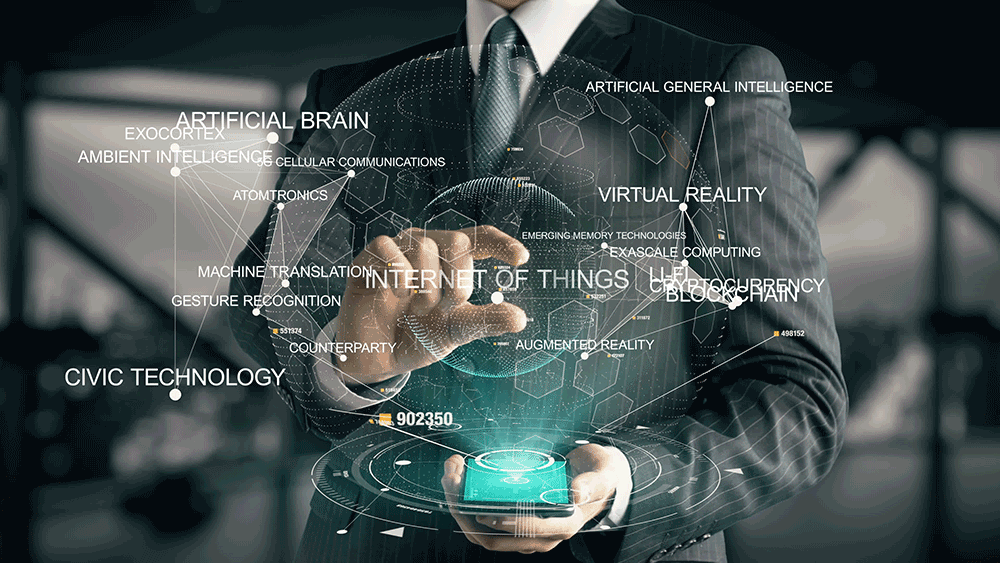 Ambient computing (sometimes called ubiquitous computing) refers to technologies that let people use computers without being aware they are doing so.
Ambient computing (sometimes called ubiquitous computing) refers to technologies that let people use computers without being aware they are doing so.
Technology companies have been working relentlessly to integrate computing platforms into everyday life, and the progress that has been made is convincing. Simply stated, the idea behind ambient computing is to make computers so ubiquitous that they are overlooked while being used.
Ambient Computing – Where Did the Technology Go?
The technology behind ambient computing needs no direct interaction. As part of the “ambient” distinction, these devices blend into the environment to the point where you may never notice them.
Consider how we talk about personal computers (PC’s), desktops, tablets, etc. — in another generation or so, our children and grandchildren may never experience “buying a computer” as we know it today.
The most common types of ambient computing devices today are personal voice assistants used in the office and home. We engage with technology like Google Assistant or Alexa in ways far different from how we use computers and other devices.
Maturation of the Internet of Things
The goal of ambient computing is to remove the friction between computers and their users. Rather than directly using a computer or device, you can interact with the world around you and the technology will create changes based on your actions. For example, an ambient thermostat could take in interactions in the room to adjust the temperature independently. Sit down at your desk to write a report, and the screen you need to look at appears automatically in front of you, as you speak your report and the words are transcribed for you.
As manufacturers refine user input options, the Internet of Things (IoT) will continue to grow, expand, and become a regular part of life. Multi-lens technology and natural language processing (NLP) will change user experience as we know it today.
A single voice query could cause several devices to respond in unique ways. In addition, as sensors become more robust and intelligent, experiences will become richer with additional methods to interact with devices and complete typical tasks in an entirely new way, such as selecting, scrolling, and offering feedback to the device.
“Natural” and Secure Ambient Devices
As a business owner, one of your top priorities is to ensure that the devices used in the workplace are secure. Many of the devices used in the office will become more natural to use and require less training; workers will focus more on their goals and the results of their actions and decisions, rather than how to operate individual devices. A cellphone, for example, gives us the ability to speak with clients and co-workers, but we no longer think about lifting the receiver and listening for a dial tone.
As people adopt technology, significant changes occur. For instance, connected endpoints will no longer be a rare experience, but part of everyday life. This could mean a fully connected office, a connected city, or more.
Final Thoughts
As ambient computing continues to mature and evolve, the potential for greater efficiency and productivity grow immeasurably. Whatever you can imagine happening or becoming possible in your business will eventually take shape as a result of the adoption of new technologies.
It has been said that all of us can see the future, we just don’t know when it will happen. Ambient computing — what was once science fiction — is today becoming reality.
